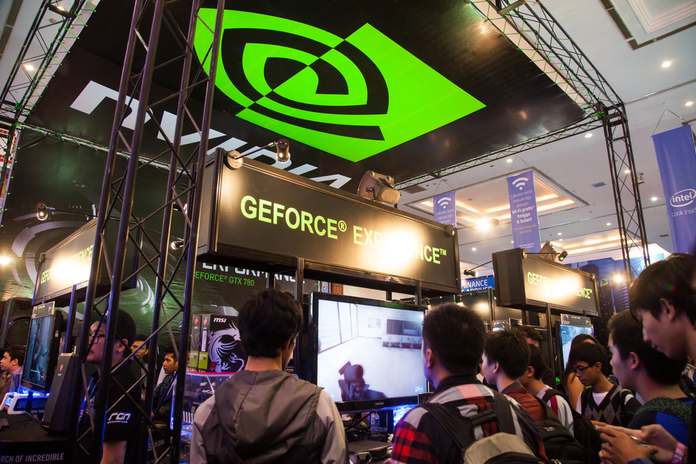In the rapidly evolving field of artificial intelligence, investors are keen to identify the best stocks that promise significant returns. Two giants in this domain, Intel (NASDAQ:INTC) and NVIDIA (NASDAQ:NVDA), have been at the forefront of AI development. Both companies have unique strengths and face different sets of challenges, making it essential to delve deeper into their AI strategies and market positions.
Intel’s AI Strategy
Intel has long been a leader in the semiconductor industry, and its AI ambitions are no different. The company has been focusing on integrating AI into its core products, particularly its CPUs. Intel’s acquisition of Habana Labs, a company specializing in AI processors, is a testament to its commitment to AI. These processors are designed to accelerate deep learning workloads, making them highly efficient for AI applications.
Furthermore, Intel’s AI strategy includes investments in software development. The company has been working on optimizing its AI software stack to complement its hardware offerings. This holistic approach aims to provide a seamless experience for developers and researchers working on AI projects.
NVIDIA’s AI Dominance
NVIDIA, on the other hand, has carved out a niche as the go-to provider of GPUs, which are essential for AI and machine learning tasks. The company’s GPUs are renowned for their parallel processing capabilities, making them ideal for handling large datasets and complex computations. NVIDIA’s CUDA platform has also gained widespread adoption, further solidifying its position in the AI market.
One of NVIDIA’s significant advantages is its strong presence in the autonomous vehicle sector. The company’s DRIVE platform is a comprehensive solution for developing self-driving cars, encompassing everything from data processing to sensor integration. This diversification into different AI applications gives NVIDIA a broader market reach.
Financial Performance
When it comes to financial performance, both companies have shown impressive growth, albeit in different areas. Intel’s revenue from its data-centric businesses, including AI, has been steadily increasing. The company’s focus on data centers and edge computing has paid off, contributing significantly to its top line.
NVIDIA, meanwhile, has seen explosive growth in its gaming and data center segments. The demand for GPUs in gaming has been a significant revenue driver, but it’s the data center segment that has shown the most promise for AI applications. NVIDIA’s ability to capitalize on these trends has resulted in robust financial health.
Market Challenges and Opportunities
Both Intel and NVIDIA face unique challenges and opportunities in the AI landscape. Intel’s primary challenge is its competition with other semiconductor giants like AMD and Qualcomm. These companies are also heavily investing in AI, making the market highly competitive.
NVIDIA, while dominant in the GPU market, faces challenges in maintaining its technological edge. The rapid pace of AI development means that continuous innovation is crucial. Additionally, the company’s dependence on the gaming industry could be a double-edged sword if market dynamics shift.
Conclusion
In conclusion, both Intel and NVIDIA offer compelling investment opportunities in the AI sector. Intel’s integrated approach, focusing on both hardware and software, makes it a strong contender. On the other hand, NVIDIA’s specialized GPUs and diversified applications give it a unique edge. Investors should consider their risk tolerance and investment goals when choosing between these two AI powerhouses.
Footnotes:
- Intel acquired Habana Labs to enhance its AI capabilities. Source.
- NVIDIA’s CUDA platform has gained widespread adoption in the AI community. Source.
Featured Image: Depositphotos









